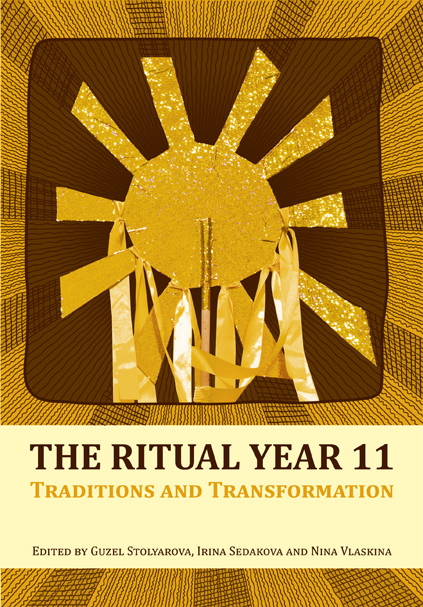The Relationship Between the Folk Calendar and Folk Astronomy Heritage
Keywords:
celestial clock, folk-astronomy, timeAbstract
Time can be determined by observation of astronomical objects. For determination of time, various phenological signs as well as the position of the heavenly bodies were used. To tell the time of the day (or night), the most useful constellations were the Great and Little Wain (Big and Little Dipper), Orion and the Sieve. The North Star (Põhjanael—the Northern Nail) was the centre of the clock and due to its immobility, an important landmark. The best known time teller was the Wain, also used for fortune telling and meteorological forecasts. Orion and the Sieve were the wintertime time-telling constellations, providers of omens and marked the start of various types of work on the agricultural calendar. To this end, the Sieve’s position was observed on a number of days dedicated to different saints.
This article is based on materials from the manuscripts of the Estonian
archives, digitised and analysed by the Department of Folkloristics
of the Estonian Literary Museum.
Downloads
Published
Issue
Section
License
Copyright (c) 2016 Andres Kuperjanov (Author)

This work is licensed under a Creative Commons Attribution-NonCommercial-NoDerivatives 4.0 International License.

